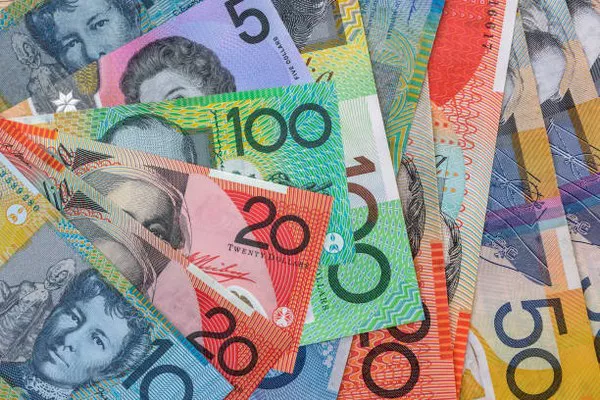The AUD/JPY cross rose for the third consecutive day in Asian trading on Thursday, rising to its highest level since May 1991, around 109.35. Although speculation that the Bank of Japan (BoJ) may raise interest rates due to the weak yen may curb further gains in the AUD/JPY, the momentum of the AUD/JPY is driven by a combination of factors.
In addition, a report from Bloomberg on Tuesday said that the Bank of Japan is holding three talks with banks, securities companies and financial institutions to assess the feasible pace of reducing its purchases of Japanese government bonds. Meanwhile, Reuters reported on Wednesday, citing anonymous sources, that the Bank of Japan may lower its economic growth forecast for this year at a meeting later this month and expects inflation to remain around the 2% target for the next few years. In addition, the maintenance of a general risk-on environment in the market tends to weaken the safe-haven function of the yen and favor the risky Australian dollar, which is seen as a factor that contributed to the boost in the AUD/JPY.
The strong rise in the AUD/JPY may further be attributed to the market’s continued bets that the Reserve Bank of Australia may raise interest rates again. That said, speculation that Japanese authorities will eventually intervene to support the local currency may discourage traders from opening new bullish bets on the AUD/JPY cross. However, market participants now view the 165.00 mark for the USD/JPY pair as a new intervention level. This in turn may not inspire yen bulls, and coupled with the AUD/JPY breakout above the 108.60 horizontal resistance this week, this suggests the least resistance to the upside for the AUD/JPY cross.


